大正11年(1922)竣工の洋館「萬翠荘」や江戸時代築城の松山城を巡り、ロープウェイ通り、伊佐爾波神社、道後温泉本館まで、松山の歴史と文化を一日で堪能できるコースです。
Visit the 1922 Bansuiso Villa and Edo-period Matsuyama Castle, stroll Ropeway Street, Isaniwa Shrine and Dogo Onsen for a one-day heritage experience.
大正11年(1922)に旧松山藩主の子孫・久松定謨伯爵が迎賓館兼別邸として建てたフランス・ルネサンス様式の洋館。2011年に本館と管理人舎が国の重要文化財に指定。
Completed in 1922 for Count Sadakoto Hisamatsu, this French Renaissance–style villa became a National Important Cultural Property in 2011 (main house & gatekeeper’s lodge).
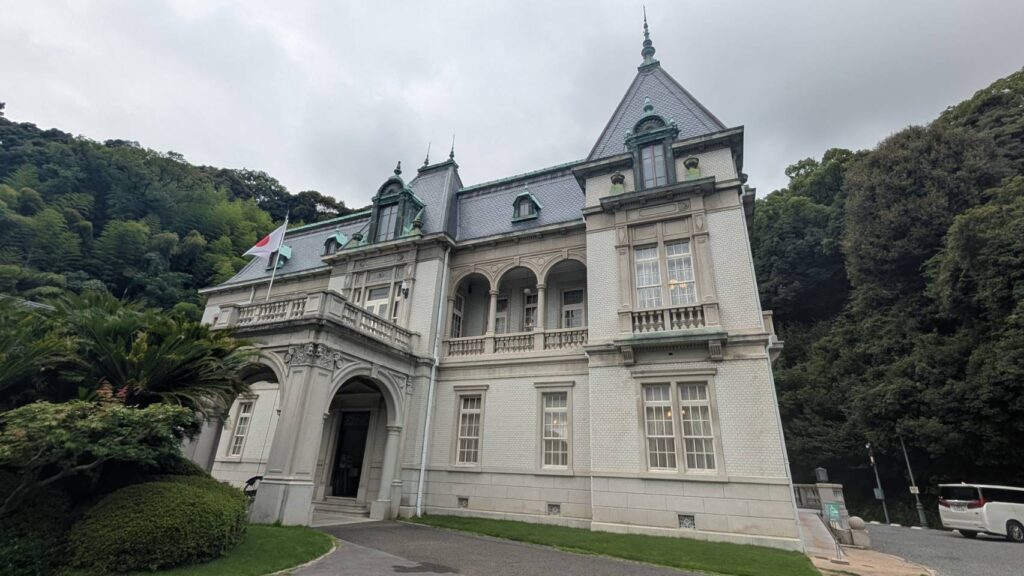
2007年開館、建築家・安藤忠雄設計のミュージアム。司馬遼太郎の小説『坂の上の雲』をテーマに、明治期の日本近代化と松山ゆかりの秋山兄弟や正岡子規の業績を資料や映像で紹介しています。
Opened in 2007 and designed by architect Tadao Ando, this museum is themed around Ryotaro Shiba’s novel Saka no Ue no Kumo, presenting Japan’s Meiji-era modernization and the achievements of notable Matsuyama figures such as the Akiyama brothers and Masaoka Shiki through exhibits and visual displays.
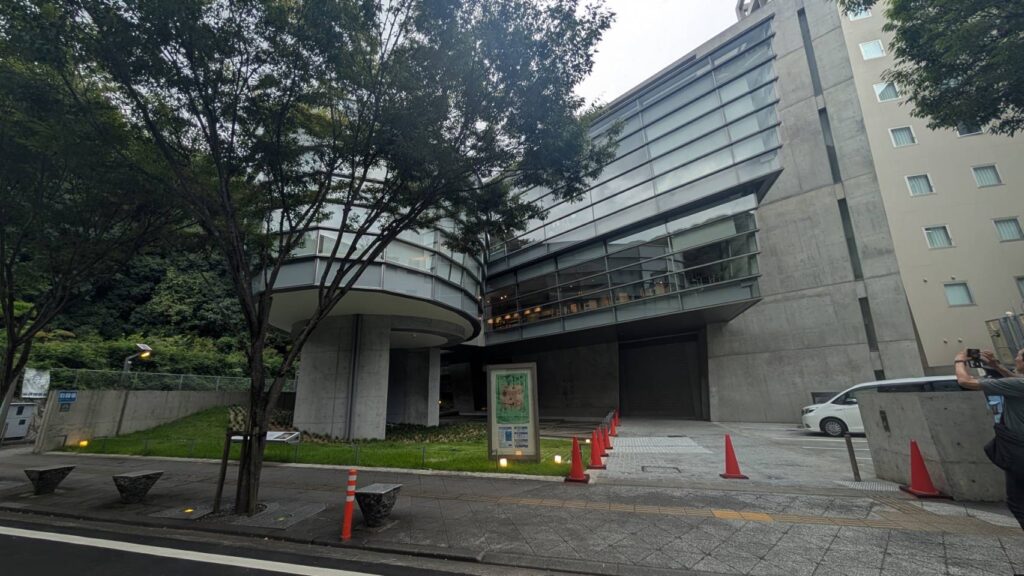
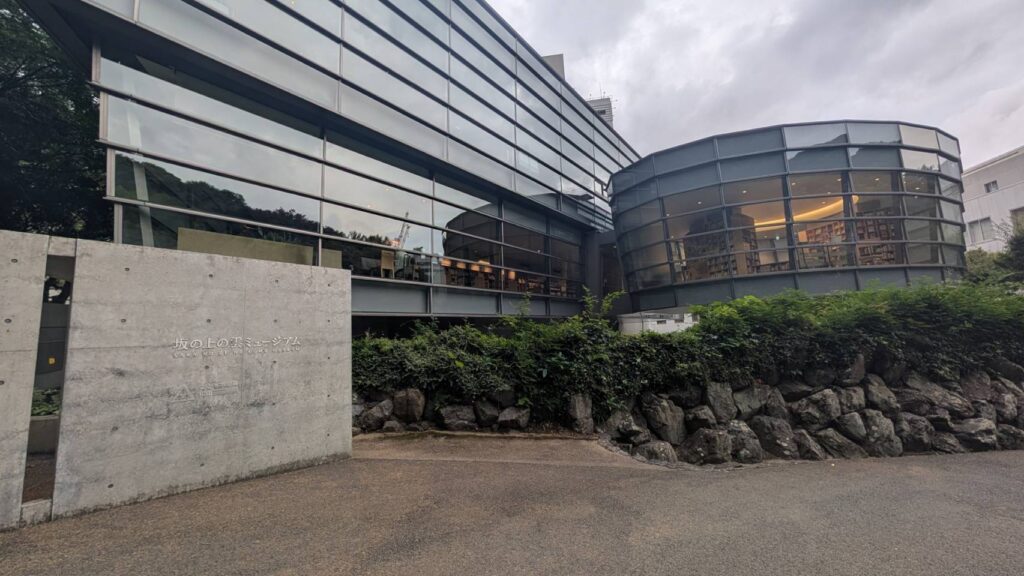
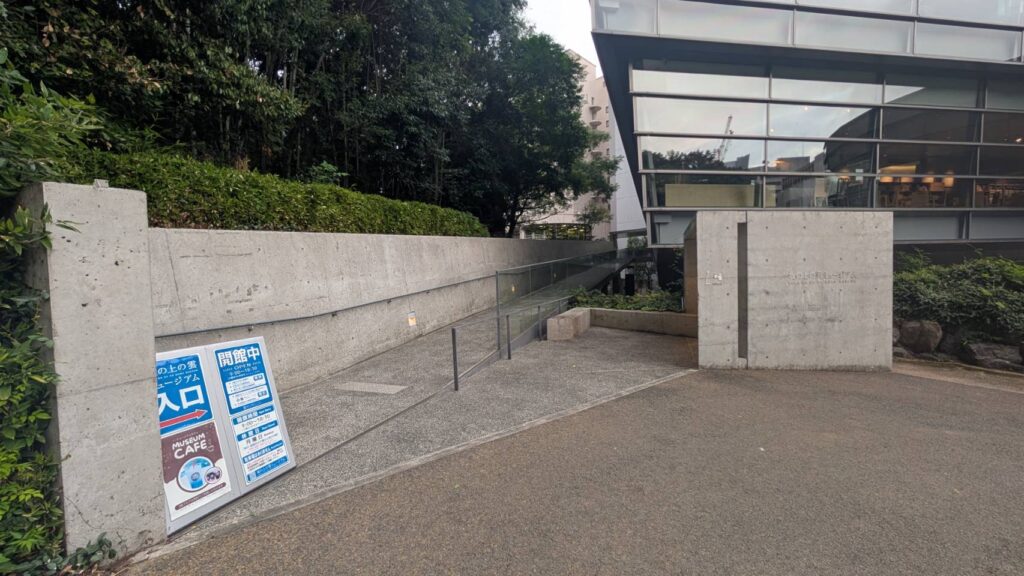
松山城ロープウェイ東雲口駅へ続く約500メートルの商店街。愛媛名物のグルメや土産物店が軒を連ね、多くの観光客でにぎわいます。道はバリアフリー化が進み、車いすやベビーカーでも安心して散策できるのが魅力です。
This approximately 500-meter shopping street leads to the Matsuyama Castle Ropeway Shiroyama entrance (Shinonome station). Lined with shops offering Ehime’s local delicacies and souvenirs, it bustles with visitors. The street is largely barrier-free, making it easy to stroll with wheelchairs or strollers.
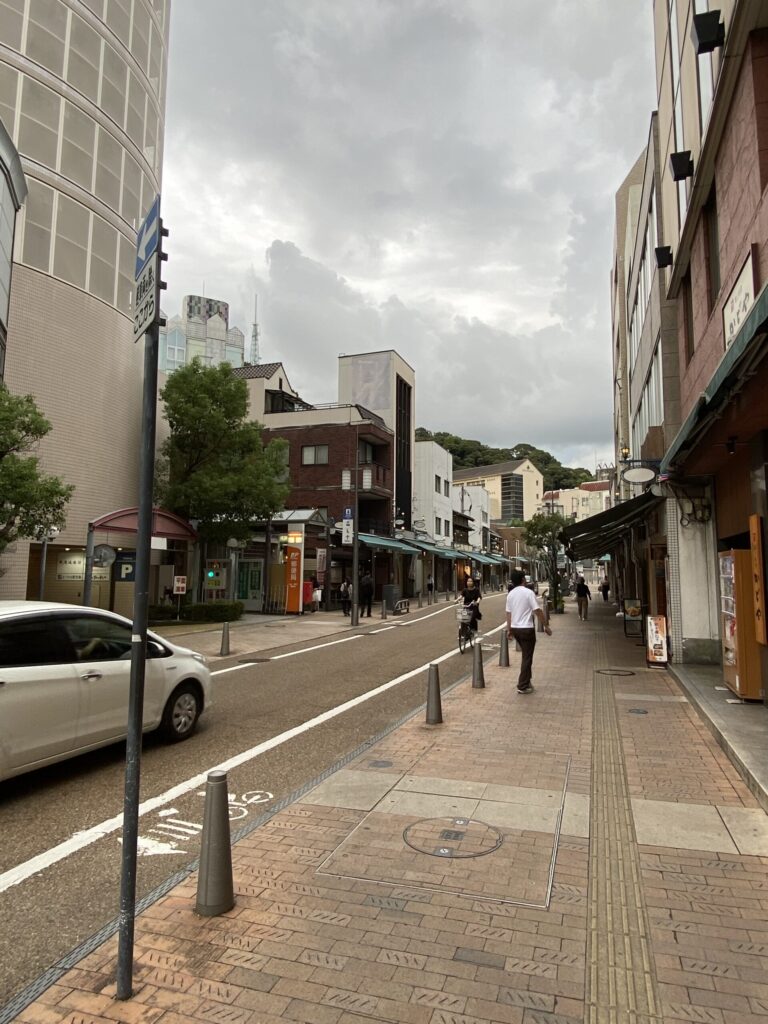
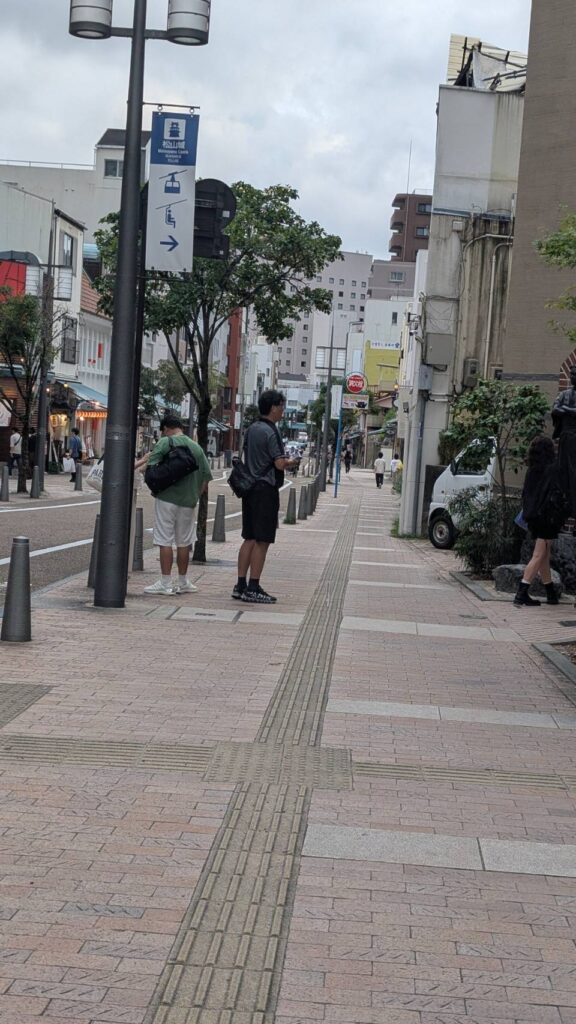
1602年に加藤嘉明が築城を開始し、1784年に落雷で天守が焼失後、1854年に再建された松山城。江戸時代の姿を今に伝える現存12天守の一つで、天守からは松山市街や瀬戸内海を一望できます。
Matsuyama Castle was begun in 1602 by Kato Yoshiaki. After lightning destroyed the keep in 1784, it was rebuilt in 1854. As one of Japan’s 12 surviving original keeps, it preserves the appearance of the Edo period and offers sweeping views of Matsuyama City and the Seto Inland Sea.
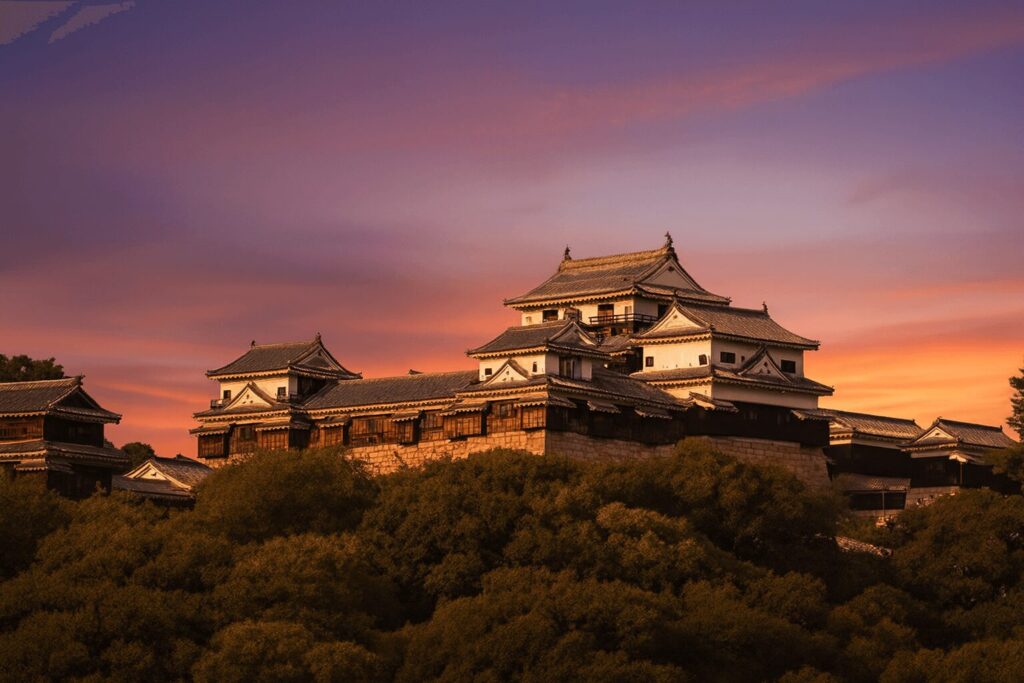
俳人・正岡子規の生涯と代表作を紹介する博物館。貴重な原稿や遺品などの資料展示に加え、俳句づくり体験や子規の足跡を学べるコーナーも充実し、俳句の魅力と彼の業績をより深く体感できます。俳人・正岡子規の生涯と作品を展示。体験コーナーも。
This museum highlights the life and key works of haiku poet Masaoka Shiki. Alongside rare manuscripts and personal artifacts, it features engaging haiku-making experiences and exhibits tracing Shiki’s footsteps, offering a deeper appreciation of both his achievements and the art of haiku.
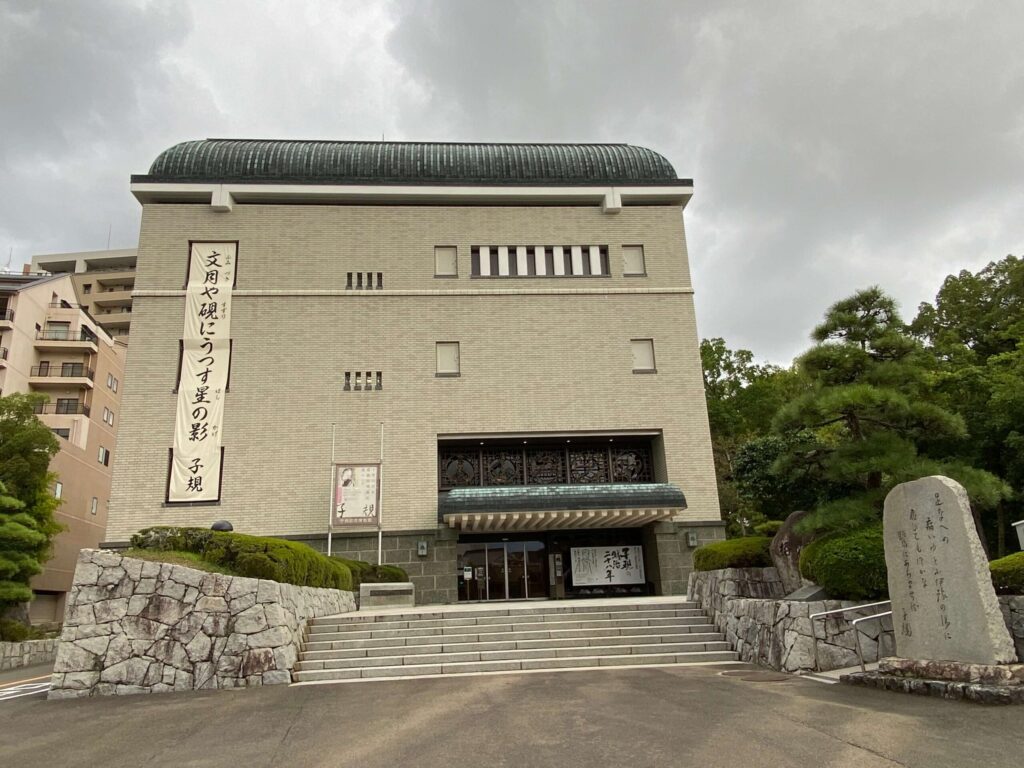
江戸から明治にかけて作られた繊細で優美な和ガラスを中心に、当時の職人技と時代の息吹を感じられる作品を多数展示しています。営業日や営業時間は変動するため、来館前に公式サイトなどで最新情報を必ず確認してください。
This museum exhibits numerous delicate and elegant Japanese glassware from the Edo to Meiji periods, allowing visitors to experience the craftsmanship and atmosphere of the era. Be sure to check the official website for the latest details, as opening days and hours may vary.
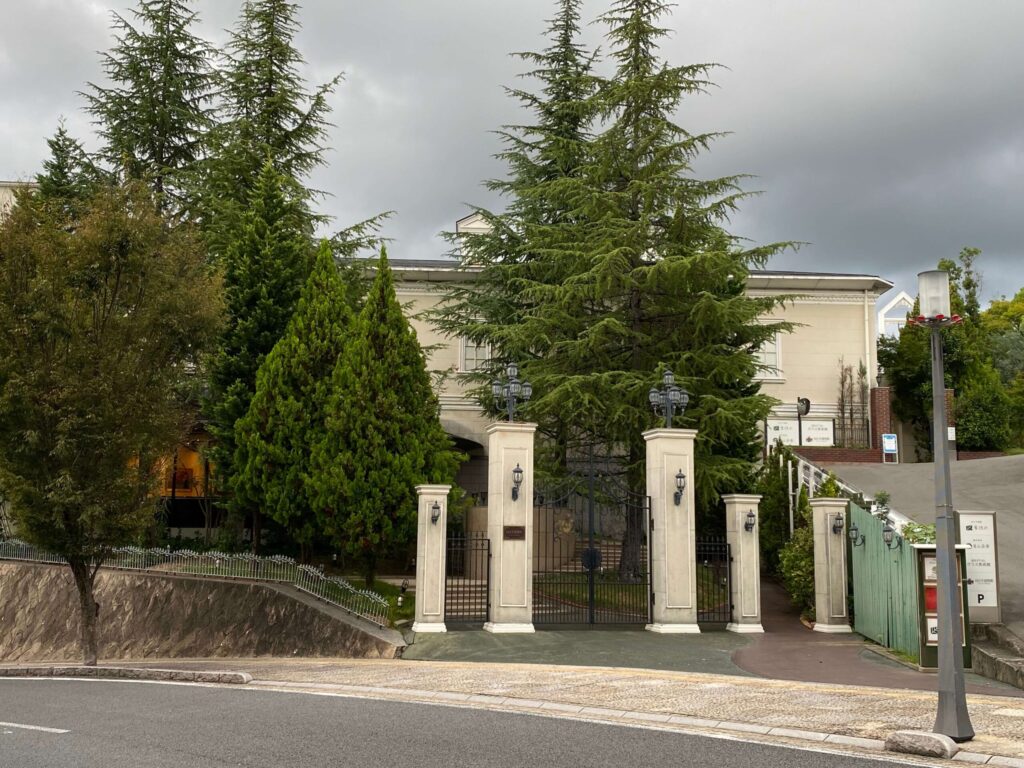

コメント